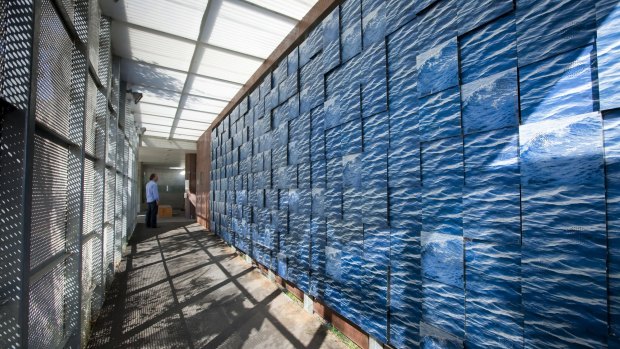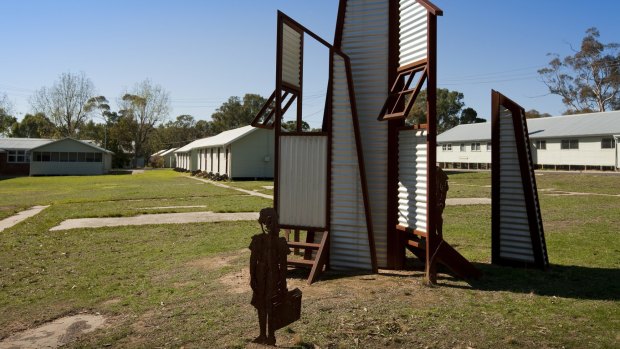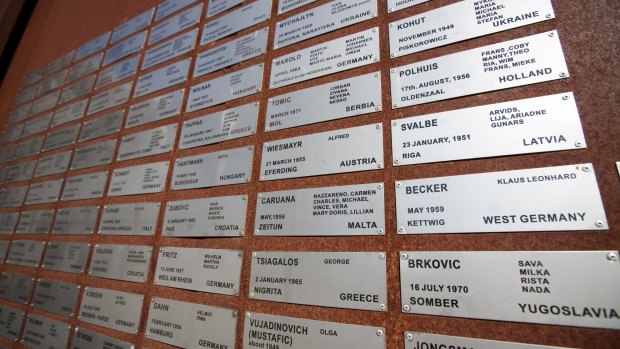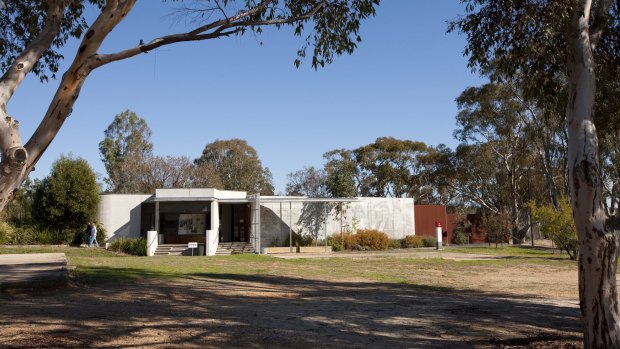This was published 4 years ago
Bonegilla Migrant Experience, Albury-Wodonga: The birthplace of modern Australia

Bonegilla Migrant Camp is the place where Australia's international outlook started to change from Anglo to allcomers.
The first arrivals at Bonegilla in 1947 must have been terrified. They had no homes to go to in Europe after the Second World War, and had taken a chance being shipped to the other side of the world.
When they got there, they were packed on a train for hours, and taken to a mysterious camp in the middle of nowhere. They could be forgiven for thinking something dreadful was about to happen.
The reality of Bonegilla wasn't as bad as the worst nightmares could conjure up, but it certainly wasn't easy. Just outside Wodonga, near the NSW/ Victoria border, this was Australia's largest and longest operating migrant reception and training centre.

The existing army camp at Bonegilla – which became an internment camp for Italians during World War II – was perfectly sited, and had plenty of expansion room.
Between 1947 and 1971, when 'populate or perish' policy changes opened the floodgates to European immigration, more than 300,000 people did their time at Bonegilla. Most would undergo health checks, learn English and be lectured on the Australian way of life before being packed off to work somewhere else in the country, but at its busiest Bonegilla was a sprawling, 28-block campus of basic huts, housing 7000 people. One block is preserved as a museum, the Bonegilla Migrant Experience.
It doesn't take long wandering through to realise how laughably racist the whole thing was. The Balts fleeing Russian control were welcomed in first, because they looked passably "Australian". Lighter-skinned northern Italians were preferred to their southern counterparts and the best-equipped huts were given to the Brits.
Many were lured over by information sessions held in Europe, where would-be migrants were shown pictures of Bondi Beach and Sydney's Royal Botanic Gardens. They'd arrive, get bundled off into the bush, then put to work on whatever needed doing, their existing skills almost entirely ignored.

What Bonegilla has done extremely well is use the individual stories and anecdotes from those who lived there to tell a greater truth.
Location was key. Because NSW and Victoria had different rail gauges, herding the workers on the border made it much easier to send them wherever was needed in either state. The existing army camp at Bonegilla – which became an internment camp for Italians during World War II – was perfectly sited, and had plenty of expansion room.
The insights into how the migration system worked are fascinating, but it's the accounts of every day camp life that tend to stick in the memory. What Bonegilla has done extremely well is use the individual stories and anecdotes from those who lived there to tell a greater truth. Quotes are plastered across the walls, to be taken in while nosing at basic dorm-style living quarters.
It was a basic existence, everyone having their rationed grey army blanket, mug and plate, some dorms being 20 minutes' walk from a toilet and golddust-like adaptors being endlessly piggy-backed.

It doesn't take long wandering through to realise how laughably racist Bonegilla was.
The lack of privacy, with no partitioned space to sleep, wash or eat, ground many of the migrants down. A quote from a Slovenian who arrived in 1949 reads: "The night was bitterly cold. We slept mainly completely dressed and were still freezing."
Others tell of being frightened by possums and snakes, of being driven mad by loudspeaker broadcasts blaring from 7am to 7pm, and of being so sick of being served boiled mutton that many vowed never to eat lamb again.
But these humble digs are arguably the birthplace of modern Australia. Friendships and networks formed at Bonegilla became the foundations of ethnic communities in the big cities when the migrants moved on and settled for good.
Extraordinarily, one in 20 Australians today has a relative who passed through Bonegilla at some point. It is the place where Australia's international outlook started to change from Anglo to allcomers.
TRIP NOTES
STAY
The Quest Wodonga has spacious apartments available for from $189, room only. See questapartments.com.au
VISIT
The Bonegilla Migrant Experience is open on Saturdays, Sundays and Mondays. Entry is free. See bonegilla.org.au
MORE
The writer travelled as a guest of Tourism Australia.
See also: Disney to replace iconic park ride's 'racist' theme
See also: Ten of the world's most fascinating quarantine sites
Sign up for the Traveller Deals newsletter
Get exclusive travel deals delivered straight to your inbox. Sign up now.